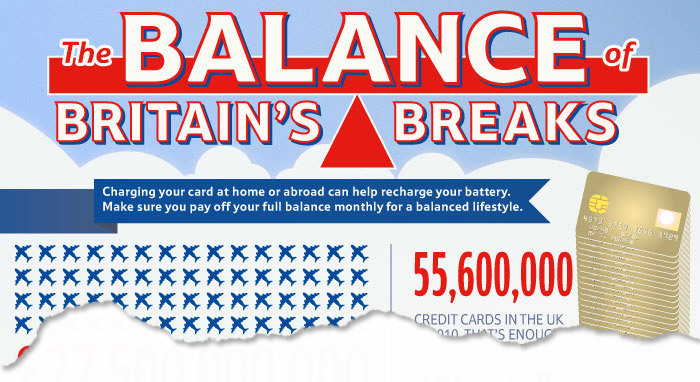Yeah, that’s possible. And in fact not so rare. The same card, similar transaction. We are able to pay for one product (on website #1), but we aren’t for another one (on website #2).
read more
Famously, nodding your head in Bulgaria means “no”, while shaking means “yes”. Well, one man’s meat is another man’s poison. But there are different patterns in the ways people pay online as well – make sure you are ready to handle all of them!
read more
Who says that commerce (or e-commerce) is boring? With the ability to use celebrities, quirky images, and catchy slogans – anything is possible. This blog post is dedicated to those who do it best: American Express, VISA, and MasterCard. We will also briefly discuss what each of those cards can bring into a business setting.

read more
 If you are a merchant, you definitely care about the security of your online transactions. One of the ways to achieve that is implementing 3-D Secure. The name probably rings a bell but if not, let us give you a short summary of what it is, together with the advantages and disadvantages that come with it.
If you are a merchant, you definitely care about the security of your online transactions. One of the ways to achieve that is implementing 3-D Secure. The name probably rings a bell but if not, let us give you a short summary of what it is, together with the advantages and disadvantages that come with it.
3-D Secure – Visa and MasterCard Security Standard
3-D Secure system is a set of security standards developed by Visa, but implemented also by other card organizations. The Visa system is called Verified by Visa and the MasterCard system is offered as MasterCard SecureCode. In a nutshell, if 3-D Secure is implemented then straight after entering customer’s card information, he or she is asked to enter a password which helps the card issuer to identify the card holder.
read more
If you run an international e-business and sell goods globally, you do your best to make the purchasing process as simple and as fast as possible. When your online business is developing and the number of customers, transactions and revenues is increasing, there is nothing worse than payment limits that can stop you. But sometimes the bank can reject transactions (because of business or customer location, payments method, currencies, etc.). If a consumer lives in the UK and suddenly shops in Japan, the bank can treat it as a fraud transaction, because, for example, such card activity may not correspond with their purchasing history. It’s all in order to ensure the money’s safety. Banks sometimes reject payments when they suspect a card might have been stolen. But it’s a big problem for e-businesses. When a transaction is rejected, you lose money and customers.
How to avoid such problems?
The best way is to create more than one merchant account and integrate them in one clever payment system. And that’s what we prepared: Automatic Payment Optimizer. It is a mechanism that groups all merchant accounts of a given online business and sends money to the right one. If a bank rejects a transaction, APO attempts to send the funds to other bank accounts until it succeeds and receives a positive response. All this happens automatically and takes just a few seconds.

To try Automatic Payment Optimizer contact PayLane info@paylane.com
read more
 People often think that providing as many payment methods as possible is good, because customers can choose their favorite one. This should mean that the income will be greater; fewer people get discouraged by the lack of the payment method they prefer. Sounds logical, but it’s actually a minimal plan and there’s no guarantee it will work in every case.
People often think that providing as many payment methods as possible is good, because customers can choose their favorite one. This should mean that the income will be greater; fewer people get discouraged by the lack of the payment method they prefer. Sounds logical, but it’s actually a minimal plan and there’s no guarantee it will work in every case.
If we try to go beyond the “convince to buy” approach, what is there that we might want to achieve? The first thing that comes in mind is “convince to buy again“. Make your customers become your regular customers. And how is it exactly related to payment methods?
read more
Remember our Credit Cards in Numbers infographic from a few months ago? Tesco Bank has made a similar compilation of fun facts about credit cards and online shopping habits in Britain.

read more

 If you are a merchant, you definitely care about the security of your online transactions. One of the ways to achieve that is implementing
If you are a merchant, you definitely care about the security of your online transactions. One of the ways to achieve that is implementing 
 People often think that providing as many
People often think that providing as many 